Hekkâtsimu Temple
Built in the boughs of Lechache (/lɛːt͡ʃaːt͡ʃeː/) in the Mâhirau̯ capital city, Hekkâtsimu Temple has existed for over two thousand years. It was founded as a tribute to the sun deity on what is considered holy ground: the boughs of the tree said to be closest to the sun itself. As the years went on, it also became a center of ancestor worship, and the main local of royal burials. The temple has been repeatedly renovated, remodeled, and rebuilt over the years, but the building itself has been worshiped all the same throughout that time.
To see the temple even once would be wonderful, have you heard the stories about it? It's supposed to be the pinnacle...
In both height, and beauty.
Traditions
Hekkâtsimu Temple is traditionally the temple of royalty and those close to them. The temple is far off the ground, and as close to the sun as is possible for the builders. Given that this tree is the origin of their country, every generation of rulers have had many rites and rituals within these grounds. The less personal holidays are all celebrated at the ground level temple as a show to the citizens. The rulers come to use this shrine for birthday celebrations, the Star Shower Festival, funerals, and so on. The most important holidays spent up here is the Equinox celebration, and the yearly cleaning. The cleaning is always held the week before the equinox, and the ruler and their children clean all of the previous monarch's artifacts. After death, every life artifact is stored in the west wing of the temple with one of their flight feathers. Typically, the cleaning is both a memorial to the past generations and an opportunity to teach the next generation about their forefathers. The cleaning wraps up after one week and ends in a feast under the noon sun. Of course, there are also traditional prayers to Lechai̯ at dawn as the sun rises and several rites of returning magic to the tree. The highlight for all involved is the feast, even if they don't want to admit it.Architecture
The building is constructed out of local wood on a stone foundation.
History
A temple to Lechai̯ was originally built here around 16th century BD, but the temple at that time was much smaller and only dedicated to the sun deity. At this point, Mâhirau̯ was a much smaller country, focused entirely upon the radius of Lechache's trunk.
The last major reconstruction was in 40 AD, after several monsters spawned by the fall broke into the capital and caused severe damages to many buildings, including the temple. Most of the temple survived, including tapestries and other art within, but most of the roof and towers had to be redone. The worst damage of the complex was to the east residences, which took 8 years to fix.
As the country came into more prominence over the 14th and 13th centuries BD, the Monarch Mau̯rad used some of the recent earning to build up the temple to a larger state. Most of the building from this expansion beyond the foundations and the statue were destroyed however. This version of the temple was highly unpopular due to the use of heavy building materials in its creation. The temple, being several hundred meters in the air and in a tree, made it very difficult to build in this manner.
A revolution, 40 years later, would destroy most of the temple. The statue was spared as destroying an emblem of the countries religion so directly was frowned on even greater than merely leveling the temple. Leveling the temple was disrespecting the regime, leveling the statue was a bit more directly aimed at their deity themselves.
The temple was then rebuilt by Monarch Kuguru in 1251 BD on top of the foundations of the previous temple. The resulting building would be the framework that any further rebuilding and renovations would be built upon.
A revolution, 40 years later, would destroy most of the temple. The statue was spared as destroying an emblem of the countries religion so directly was frowned on even greater than merely leveling the temple. Leveling the temple was disrespecting the regime, leveling the statue was a bit more directly aimed at their deity themselves.
The temple was then rebuilt by Monarch Kuguru in 1251 BD on top of the foundations of the previous temple. The resulting building would be the framework that any further rebuilding and renovations would be built upon.
The Kuguru version of the temple had the timbered frame that the modern Hekkâtsimu Temple has, but the entirety of this edition could be contained within a single building. Despite this, drawings and other art of this edition of Hekkâtsimu were so common that its shadow was spread across the country. Several copycats appeared in other parts of the country and can be visited today, to see the old architecture in action.
The next expansion was several hundred years later in 728 BD. The two wings of the temple were added, at this point as housing for any of the local religious order. The tapestries used today were created as well, each depicting important myths. In 486 BD, these were phased out with the creation of separate housing in the east branches of the tree. These new houses, built over 30-40 years, took so long due to the support structures. These supports were notorious for falling apart or needing more tabs to hold.
Around 197 BD, the final addition to the temple was added, two towers, one on each wing, to be used by Birdkin wishing for an easier flight. The towers are about 3 stories all with platforms at the highest level, in order to make take off as easy as possible. A bell was added into each towers' top, which are mostly rung during festivals, or in other point of interest.
The next expansion was several hundred years later in 728 BD. The two wings of the temple were added, at this point as housing for any of the local religious order. The tapestries used today were created as well, each depicting important myths. In 486 BD, these were phased out with the creation of separate housing in the east branches of the tree. These new houses, built over 30-40 years, took so long due to the support structures. These supports were notorious for falling apart or needing more tabs to hold.
Around 197 BD, the final addition to the temple was added, two towers, one on each wing, to be used by Birdkin wishing for an easier flight. The towers are about 3 stories all with platforms at the highest level, in order to make take off as easy as possible. A bell was added into each towers' top, which are mostly rung during festivals, or in other point of interest.
The last major reconstruction was in 40 AD, after several monsters spawned by the fall broke into the capital and caused severe damages to many buildings, including the temple. Most of the temple survived, including tapestries and other art within, but most of the roof and towers had to be redone. The worst damage of the complex was to the east residences, which took 8 years to fix.
It's taken me a few years, but I have finally earned entry to Hekkâtsimu Temple. Traveling to the top was hard as the staircases alone took at least half a day maybe more, but the views alone were worth it. More importantly, the temple was everything the stories said. The stone foundations looked ancient, though the statue, which apparently is from the same time period looked much newer. Perhaps that's the power of being out of the rain.
More importantly, the library was incredible. The majority of the texts were just religious texts, as to be expected from a temple, but a few were trade logs from before the Starfall! To have even texts from that long ago... This trip was certainly worth it.
Etymology:
/ˈhɛːkkɐˈt͡sɪmʏ/
From the Ancient Ivi root words hekkâjoru meaning "great" and tsimu meaning "light." As a temple to tribute Lechai̯, the light is a reference to the Sun deity's light.
Type
Cathedral / Great temple
Parent Location

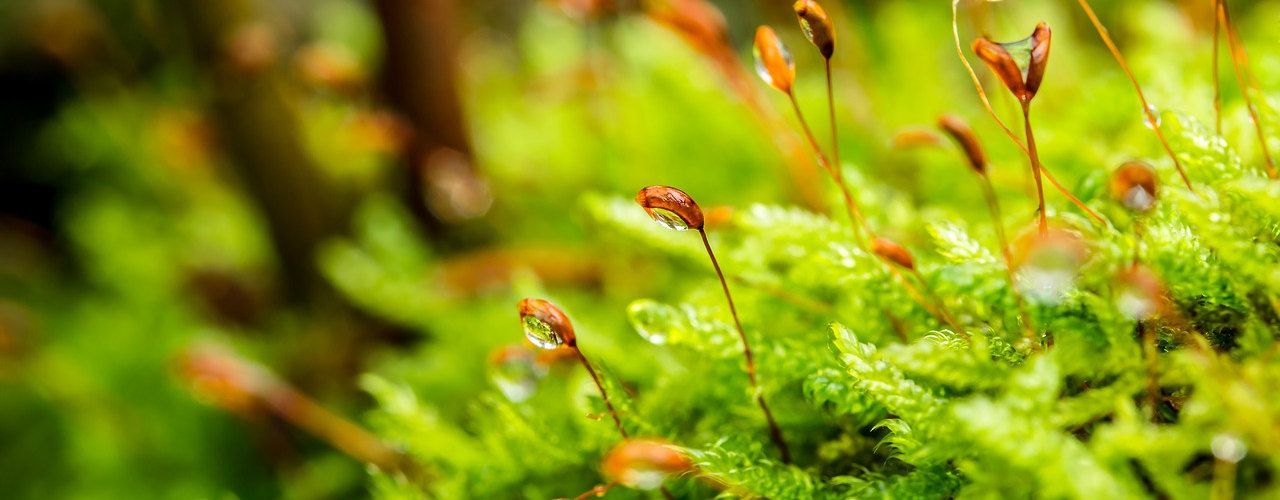
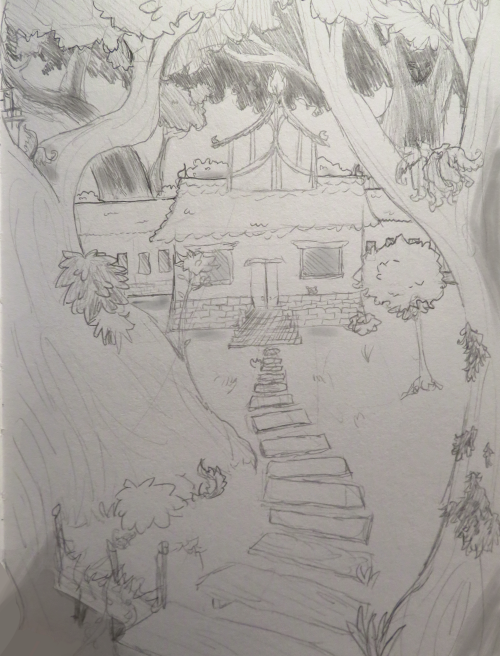
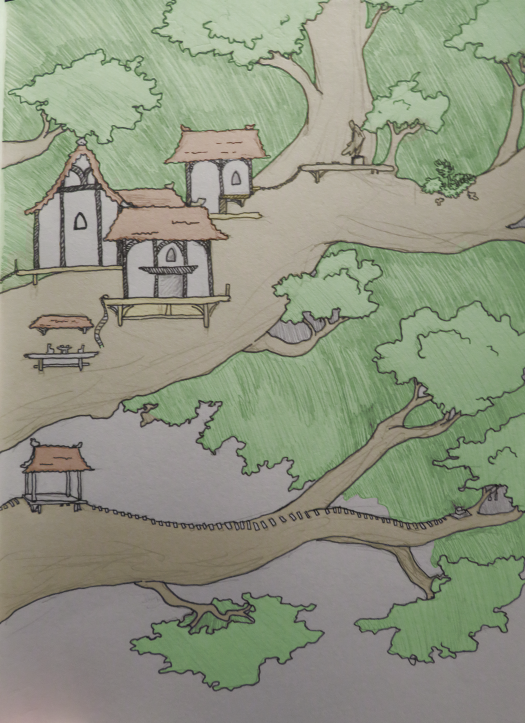
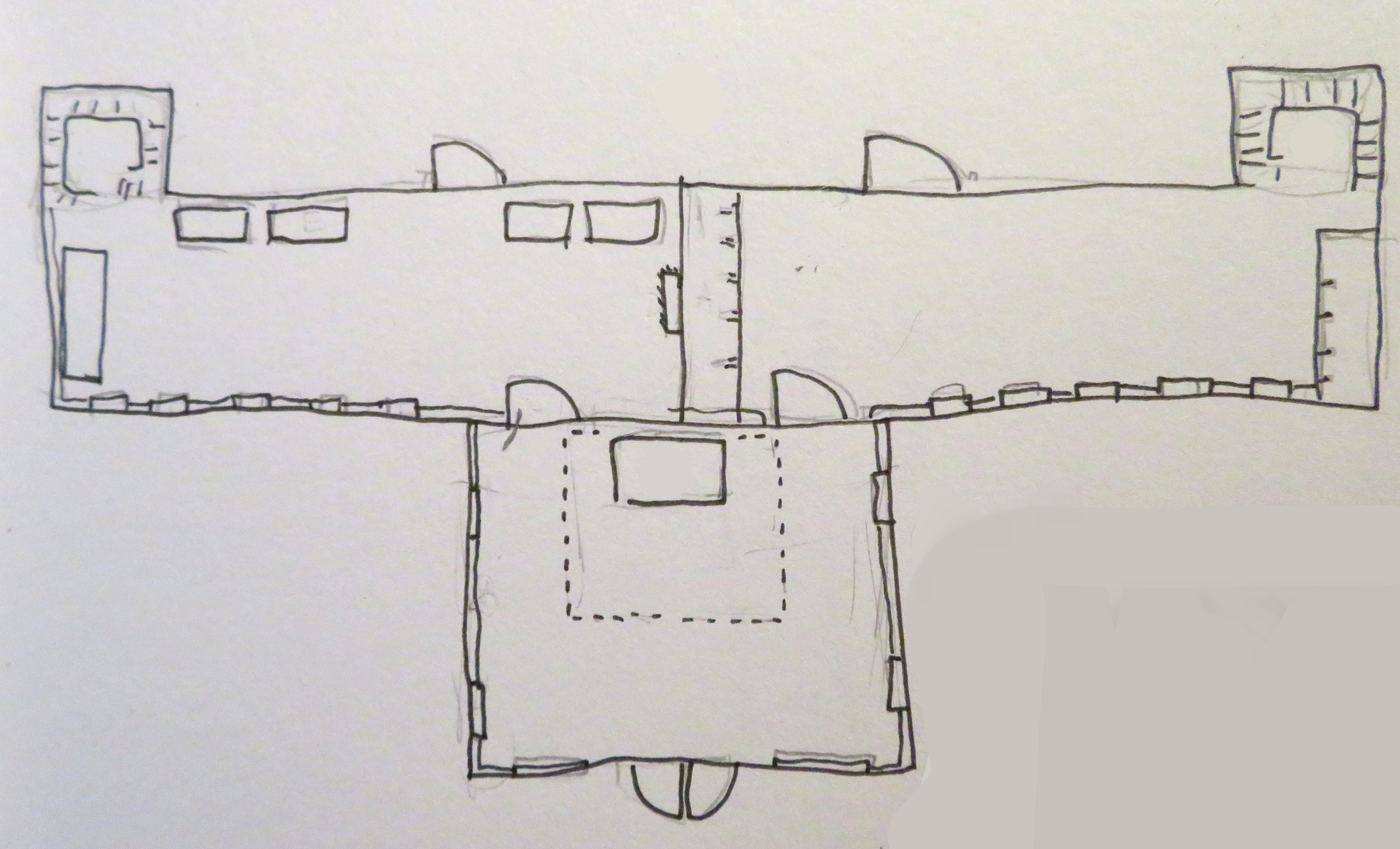


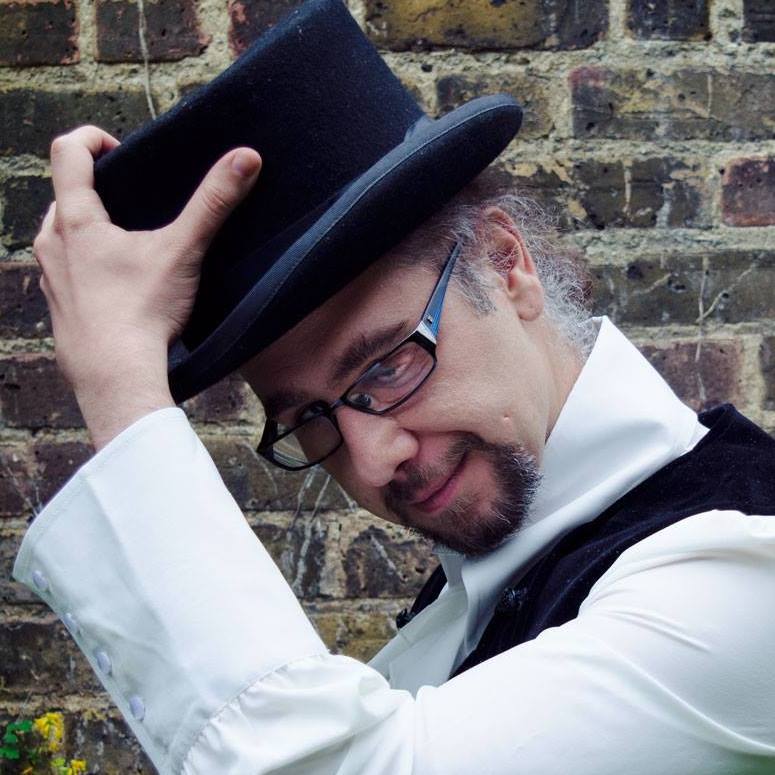
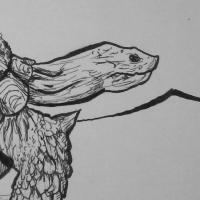
I love your art! It adds a great level of detail to your article.
Thank you! Making the art is always one of my favorite parts of finishing an article!